HISTORY and MATHEMATICS
Mathematics is implemented in History in various ways. This is how Bulgarian students have experienced this connection:
European paliament elections + numbers.docx
History+Maths.pdf
Timeline.pdf
Math and Art - The Magic of Fibonacci Sequence
Integrating Math in History Classes
Math and Art.docx
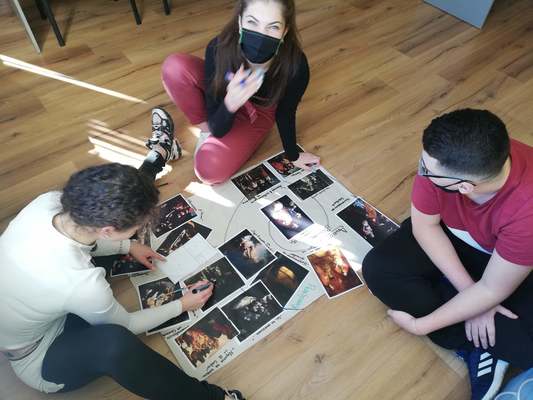
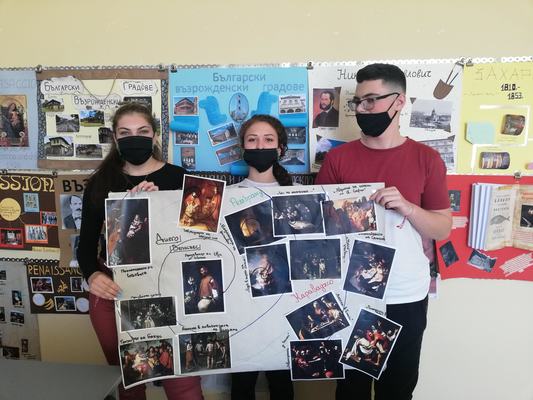
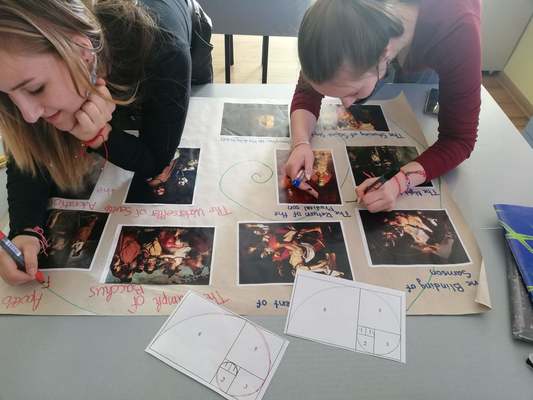
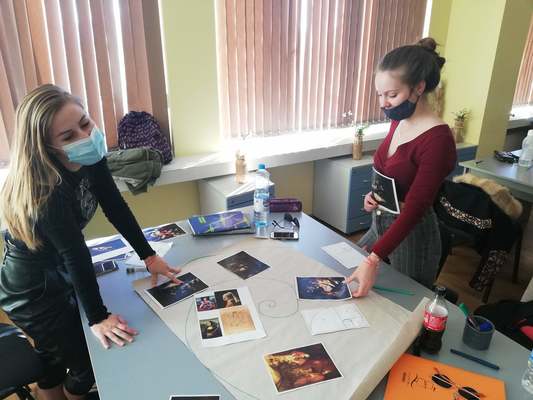
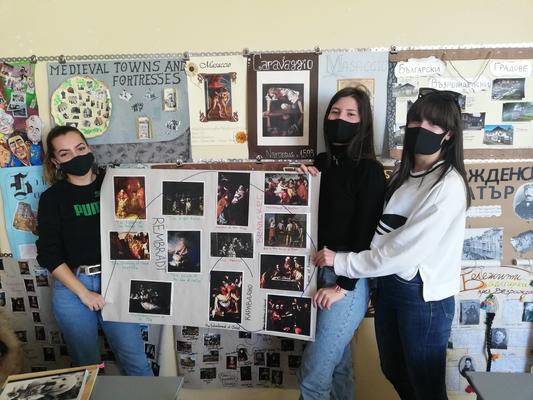
The process:
ART and MATHEMATICS
Stela is interested in art and in her spare time she tries to learn new skills and improve herself. She is demonstrating to her peers the connection between art and mathematics:
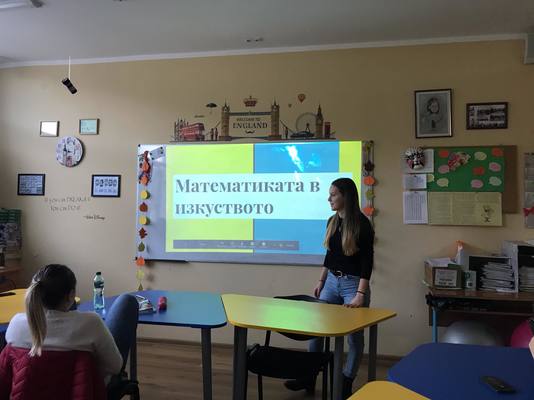
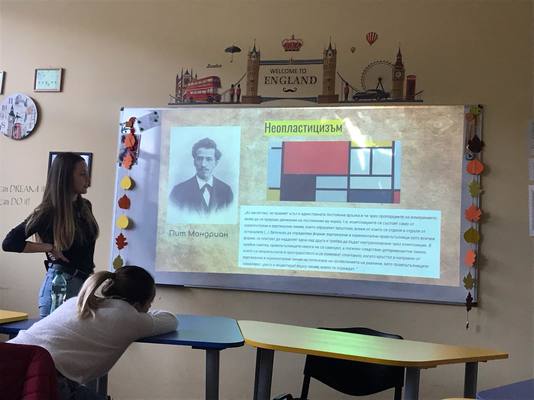
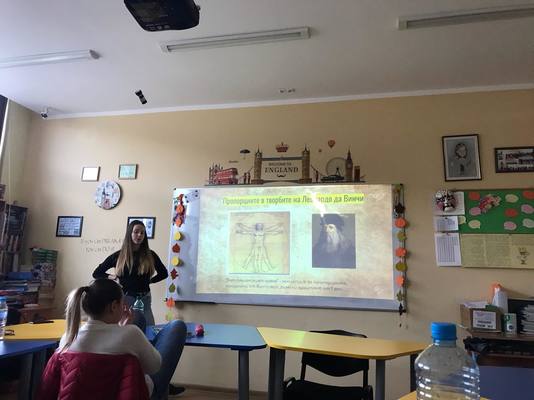
Mathematics in the Art.pptx
Mathematics and art relate to our world in beautiful and magical ways. Many mathematicians draw upon art and many artists draw upon mathematics. When mathematics and art come together, people (especially students at school) are often inspired and they can start to see mathematics as a beautiful and creative subject.
MUSIC and MATHEMATICS
Nia has a passion for music and she is a dedicated piano player and singer. In this session, she is trying to share with her classmates the big role mathematics plays in music:
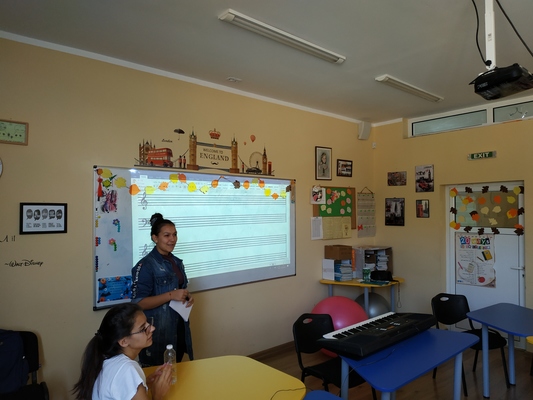
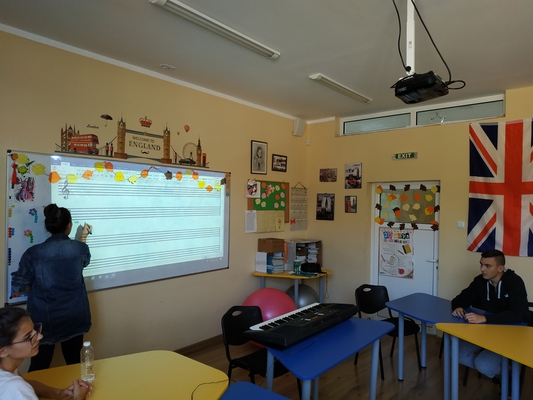
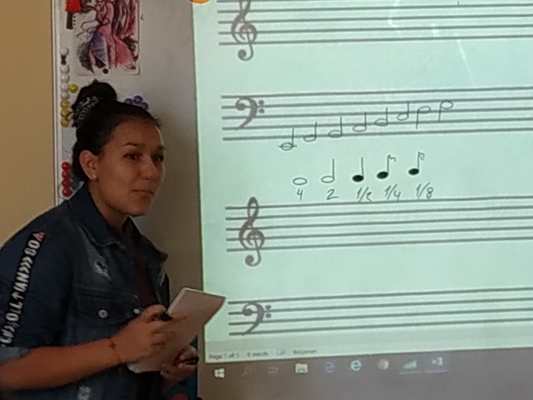
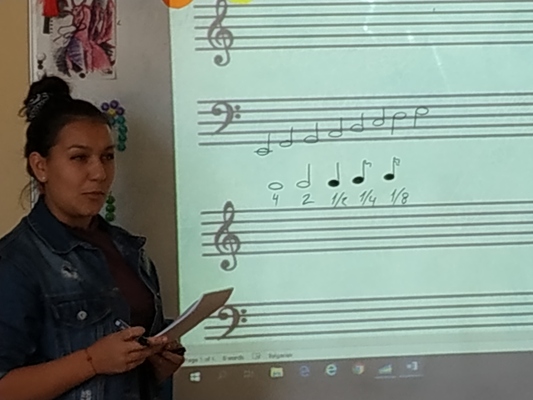
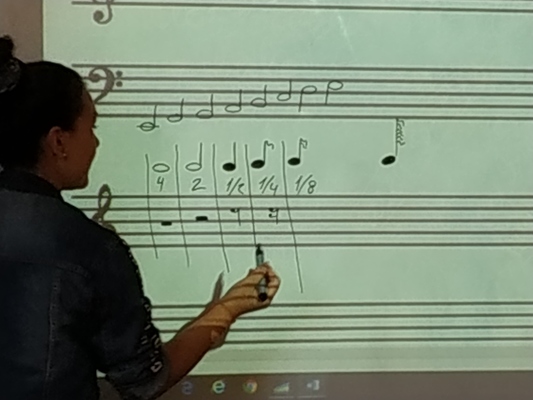
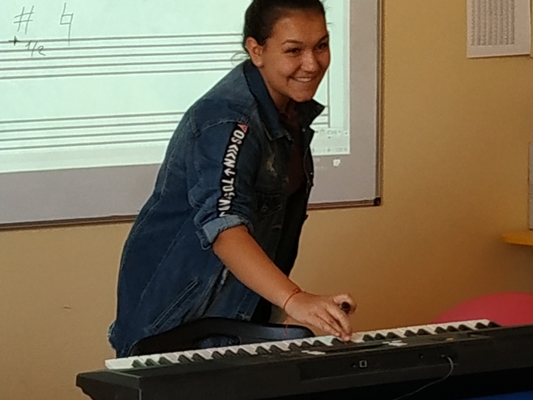
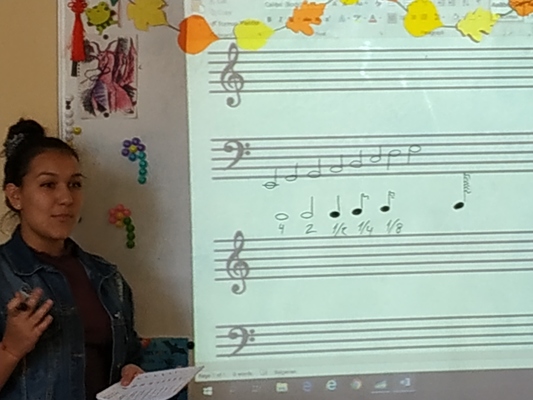
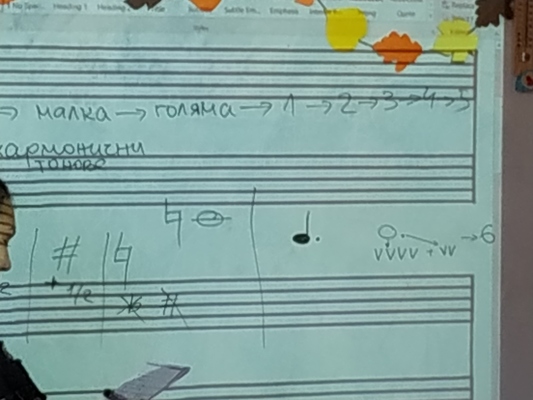
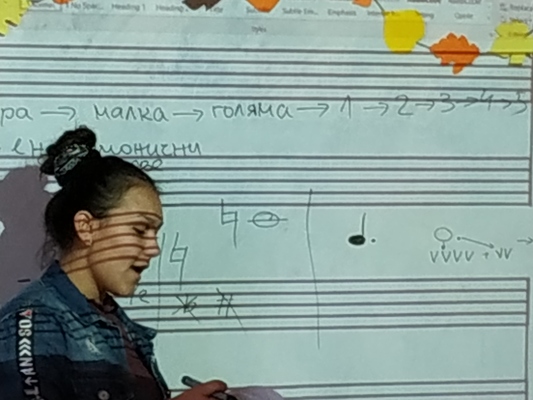
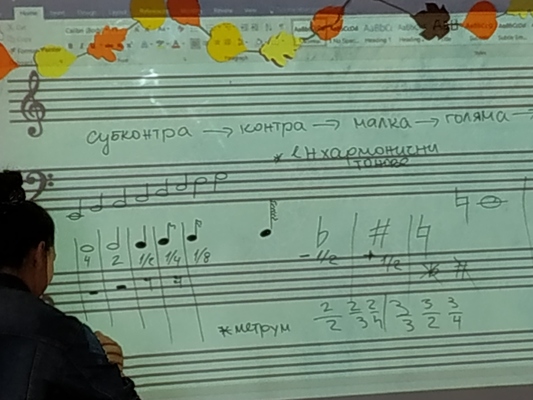
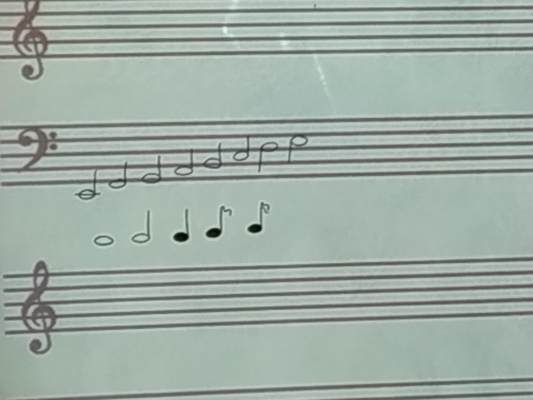
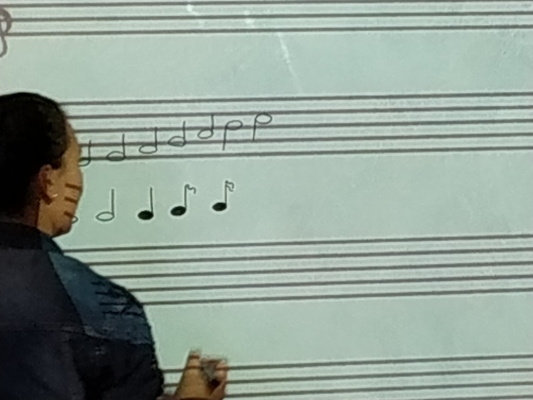
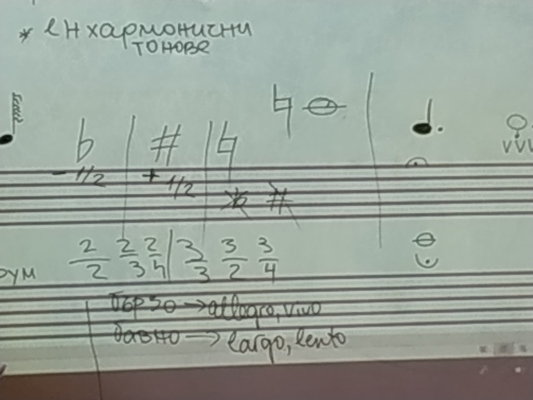
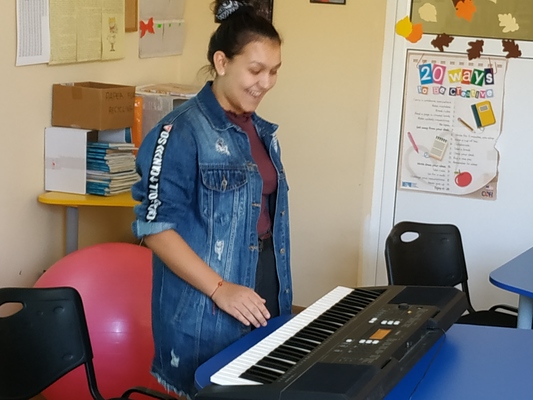
It has been said that Einstein used to sit and play music when he was stuck on a mathematical problem. By concentrating on the problem at hand (left brain) while playing the piano or violin (right brain), he was able to strengthen the communication between the two hemispheres of his brain and increase brainpower.
While listening to enjoyable music may improve cognition and math skills, performing music offers more advantages. Learning music improves math skills because, at some level, all music is math. It's about time signatures, beats per minute, and formulaic progressions. Performing music, therefore, reinforces parts of the brain used when doing math. Studies even show that children who play musical instruments are able to complete complex mathematical problems better than peers who do not play instruments.
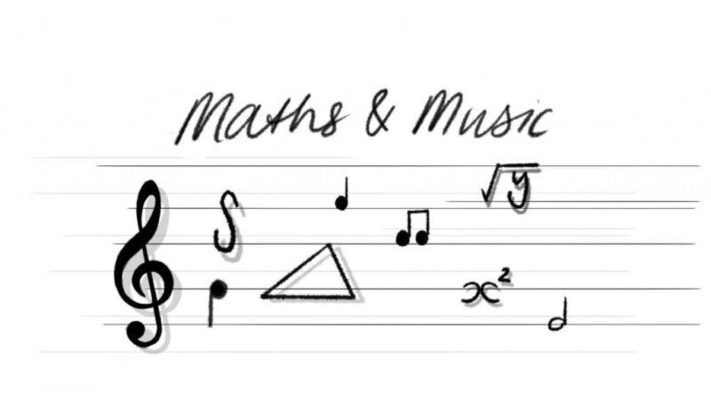
RIBIK'S CUBE and MATHEMATICS
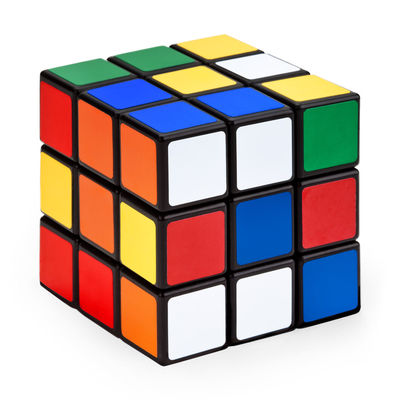
The Rubik’s Cube was invented in 1974 by Erno Rubik; he wanted a working model to help explain three-dimensional geometry. It took him one month before he was able to solve the Cube for himself. Over 350 million Rubik’s Cubes have been sold worldwide – making it is one of the bestselling toys of all time.
So what is the relation to maths you would ask? The Rubik’s Cube can be connected to fractions, ratios, and proportional reasoning...so it is fun learning while solving some of the mysteries of this toy.
In this session, Yoan is explaining how mathematics and the Rubik's cube are related:
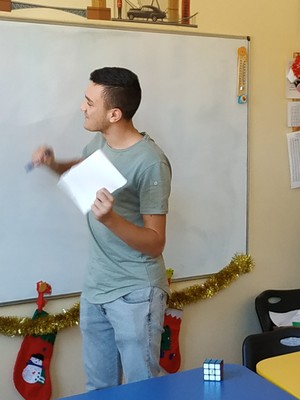
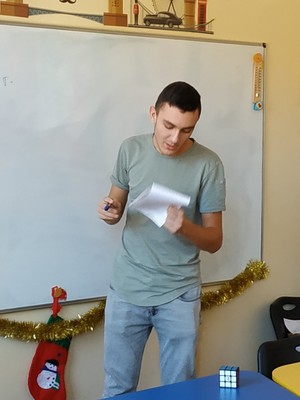
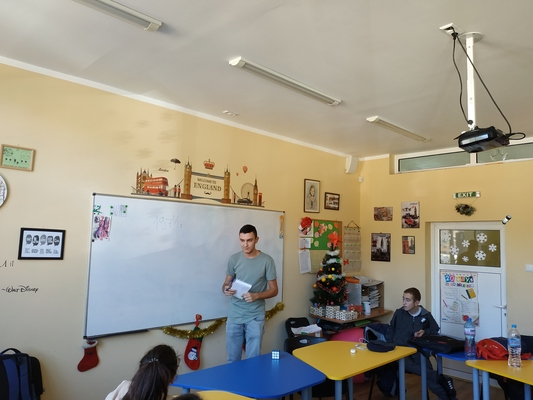
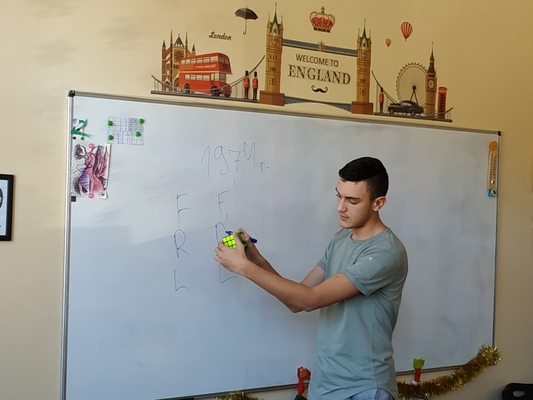
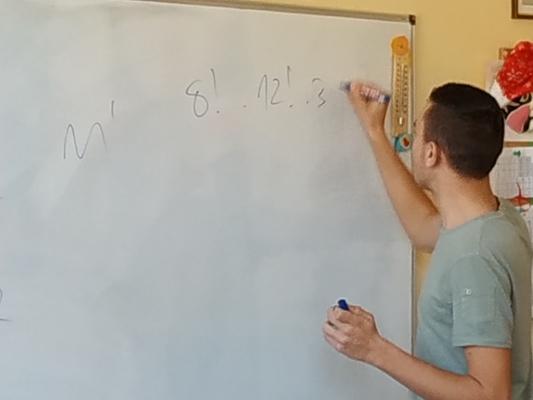
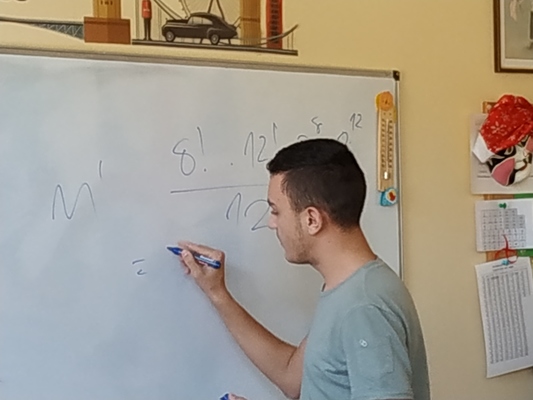
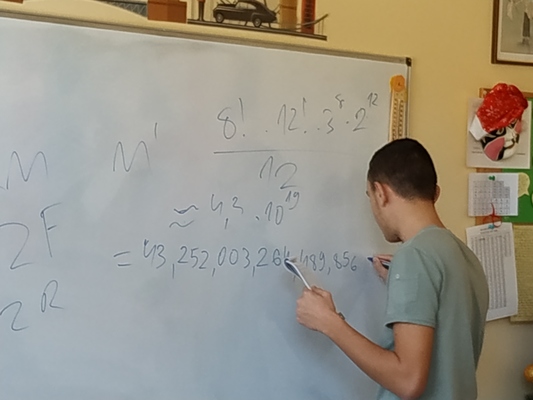
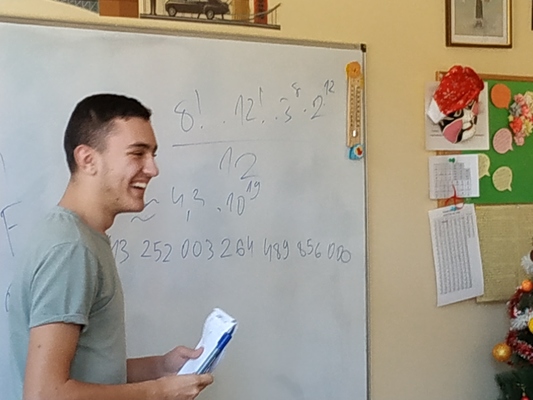
And some curious facts:
-It has been calculated that there are 43,252,003,274,489,856,000 possible permutations of the Rubik's Cube. That is 43 quintillion, 43 followed by 18 zeros! If you had 43 quintillion dollars, you can spend a trillion dollars a day for the next 118 thousand years.
- If you manage to turn the Rubik's Cube once every second, it will take you 1.4 trillion years to go through all the permutations. The age of the universe is only 14 billion years, thus you won't be done even if you started this during the Big Bang.
- It can be estimated that less than 5.8% of the world's population can solve Rubik's Cube.
- The world record for solving the Rubik's Cube is 5.55 seconds by Mats Valk.
- A robot made of Legos solved the Rubik's Cube in 3.253 seconds.
- The largest Rubik's Cube ever made is a 17x17x17 cube.
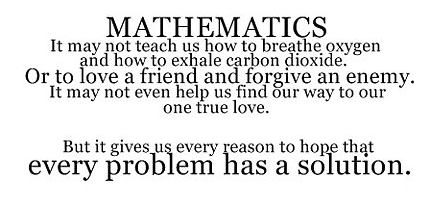
MATHS IN LIFE
essay
You may have seen statements on social networks like “I didn’t need the Pythagorean theorem one more day” or the annoying sights of students and parents that there is too much math in school.
Math is needed. It is one of the things that has developed our brains and made us humans. It is the tool of physicians to understand the world around us. Do we need to learn math? Yes, and here are some reasons.
-
Every day we have to calculate something. What loan is most profitable, how much salt we need to add to the soup, at what hour we need to set the alarm clock to have breakfast and get on time.
-
Mathematics helps us to develop our logical thinking. There are difficult tasks not only in Maths lessons but also in life. With the help of Math, we learn to reason, to draw conclusions through logic, and to make the right and wise decisions.
-
Math improves the ability to think abstractly and conceptually. It teaches us to summarize, to analyze the individual case, and to find a connection with the general order.
-
Helps to make forecasts and plans. We use real-time to plan our long-term and short-term future. We can build an algorithm of actions that we will perform in the future, which require calculations.
-
Well-paid job. Modern society requires technology. Computers, the Internet, all this is based on Math. Having knowledge of Math will give you a huge advantage and a chance of an interesting and worthy job.
In conclusion, I’m not saying you need to know everything perfectly, but it’s necessary to be able to navigate Math at least at an intermediate level. And what do you think?
Written by: Patrisiya Ivanova, 10th grade
PHYSICS and MATHS

Project on holograms:
https://drive.google.com/drive/folders/1P4r2ffZqW5dXLDTvnYstoctMWXhv-Z9P?usp=sharing
How to make 3d hologram projector (project):
https://drive.google.com/drive/folders/1L6Ju3p6W4XUdX2-kLdMayDSZLY6uunIg?usp=sharing